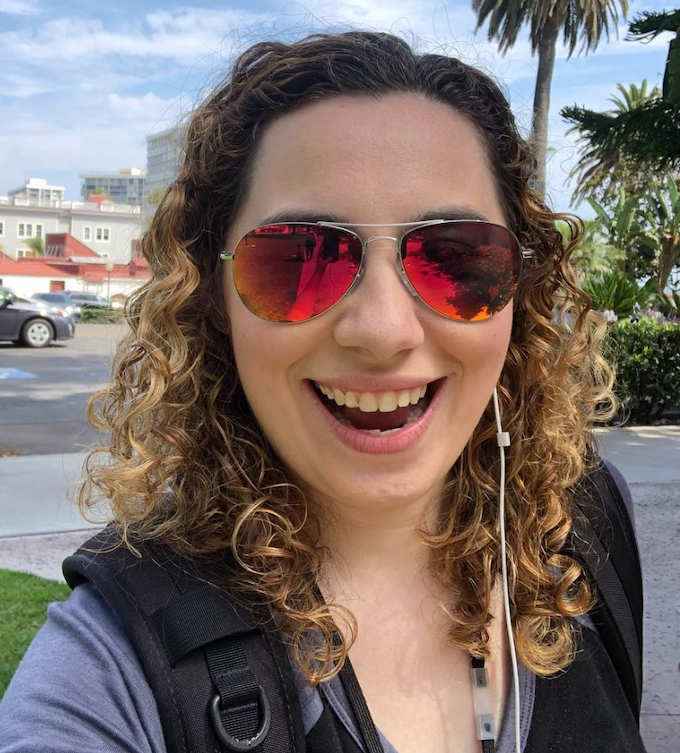
by Chris Allo | Nov 2, 2022 | Blog
Happy fall, ya’ll In this installment of the queer creator spotlight I had the opportunity to interview creator, journalist and YouTuber, Kat Calamia. A bi-woman of many talents. She’s the editor, creator, and one of the writers for Bi Visibility: A...
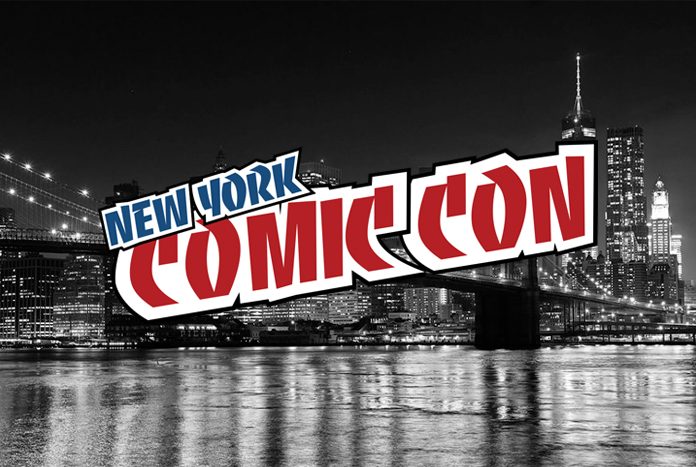
by Chris Allo | Oct 7, 2022 | Blog
Howdy folks! Chris Allo here! For this entry I’m doing a little bit of self promotion! I will be moderating a panel at New York Comic Con entitled “Queers in the Mainstream.” I’ll be talking with artist Phil Jimenez, creator Tana Ford,...
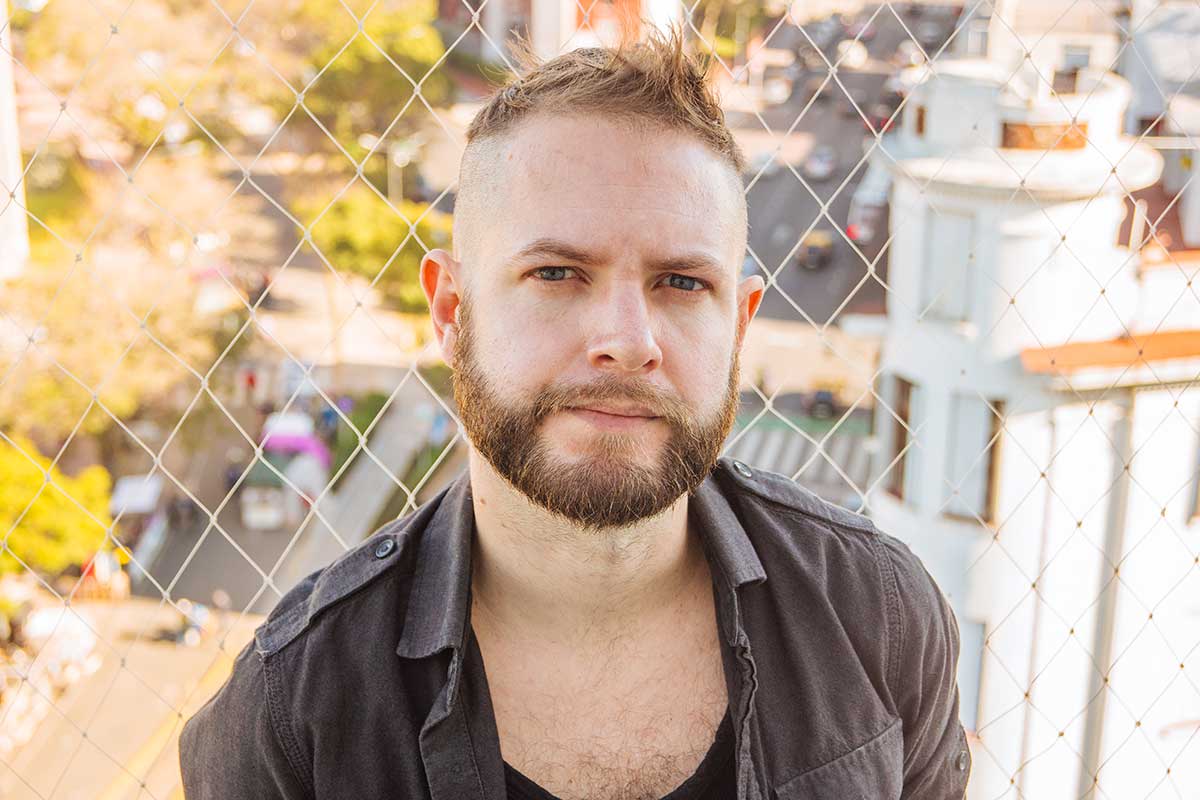
by Chris Allo | Oct 7, 2022 | Blog
“Sereno,” by superstar queer creator, Luciano Vecchio! Luciano Vecchio Shelbyville, KY — October 3, 2022 — CEX Publishing is proud to announce the introduction of the next great superhero: SERENO! Written and drawn by Argentinean artist Luciano...
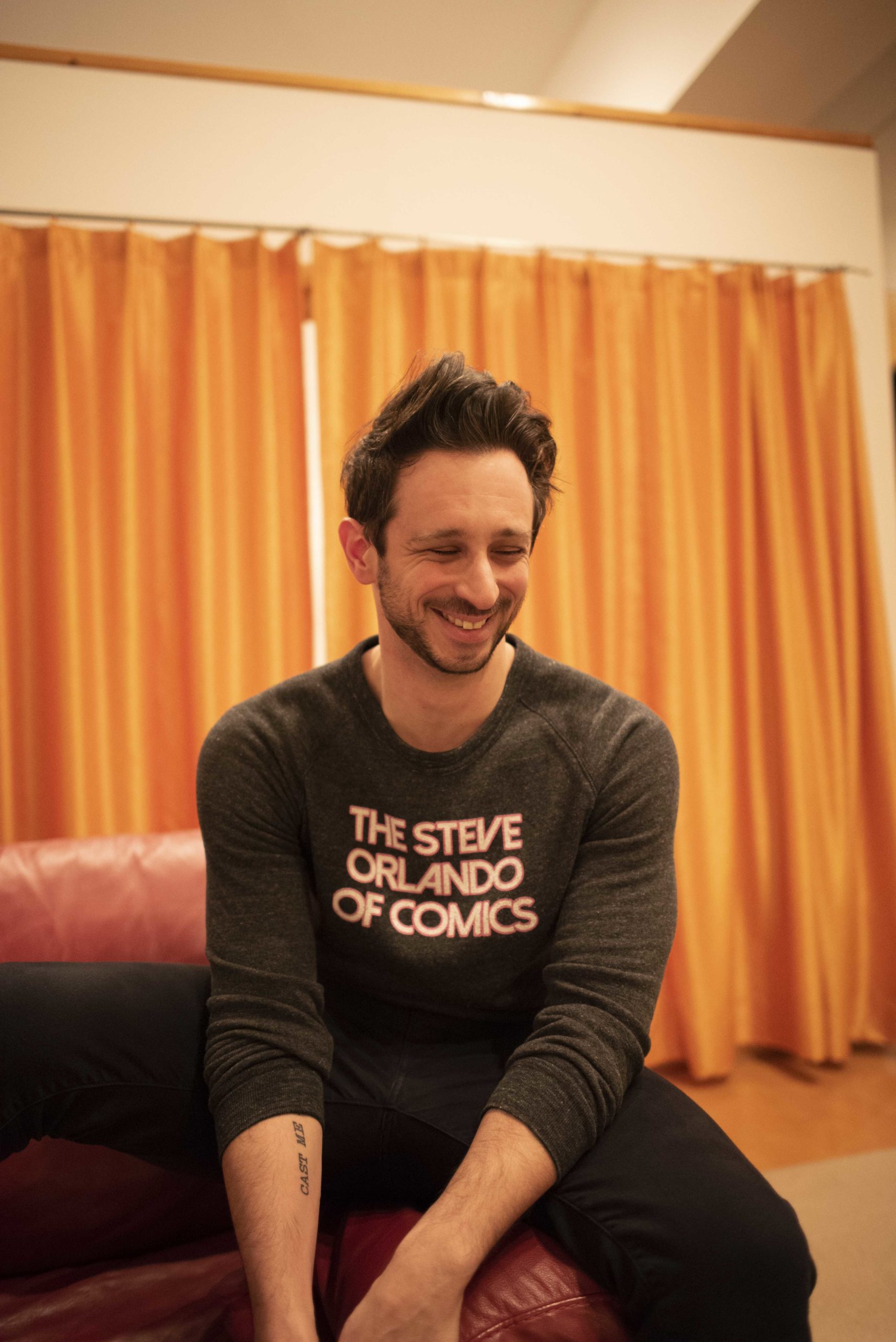
by Chris Allo | Aug 2, 2022 | Blog
In this installment of the Queer Creator spotlight I spoke with Steve Orlando about his career and his various works and what it was like to work on the iconic landmark issue of Wonder Woman #750! Orlando began pursuing his dream of writing comics at the tender age of...
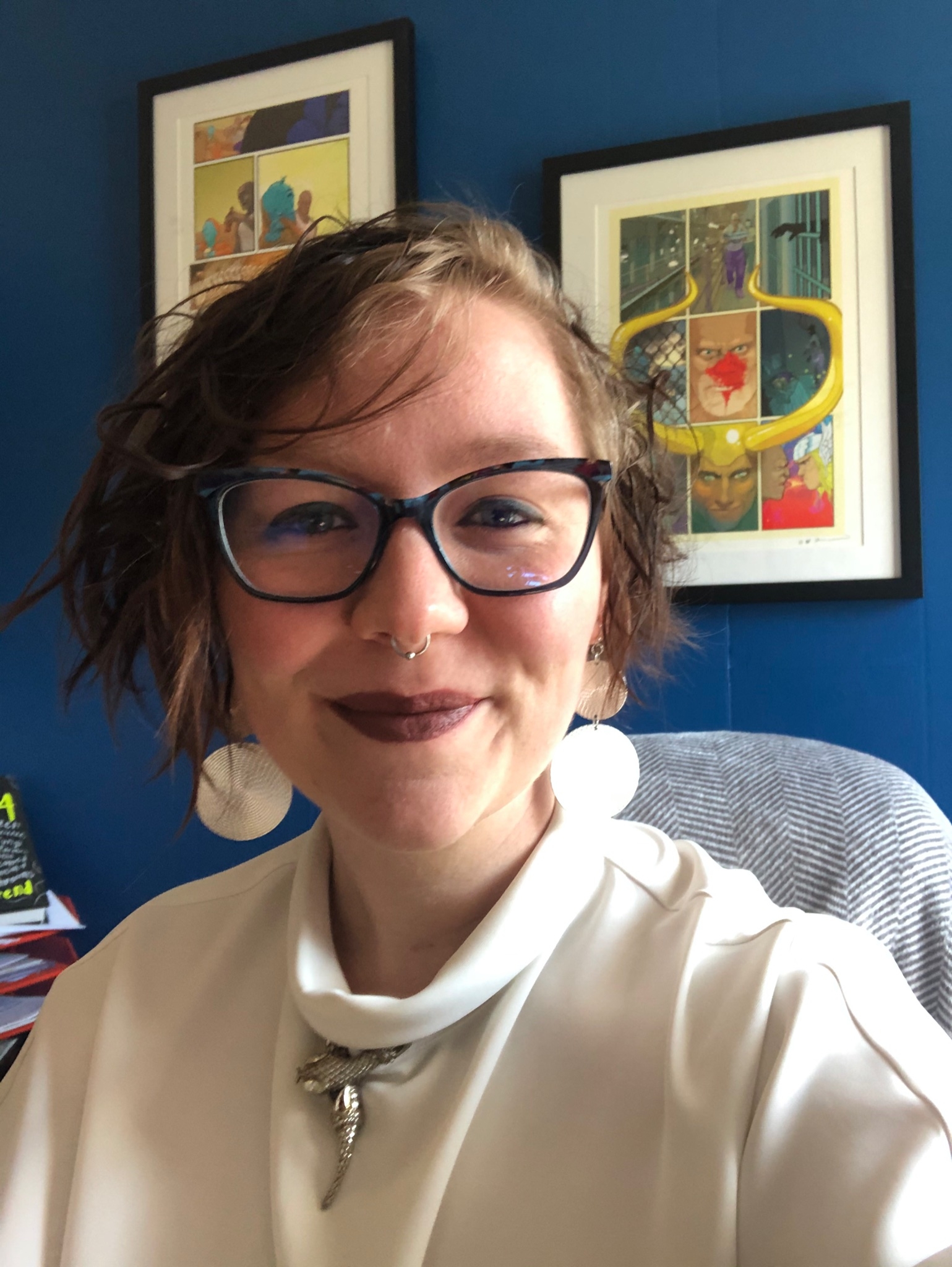
by Chris Allo | Jun 26, 2022 | Blog
Greetings and Happy Pride all! For this installment of the Geeks OUT! Queer Creator spotlight, I had the opportunity to speak with Marvel Editor, Sarah Brunstad. Sarah has worked on a plethora of titles for Marvel including, Aliens, X-Men, Captain Marvel, Black Widow...






